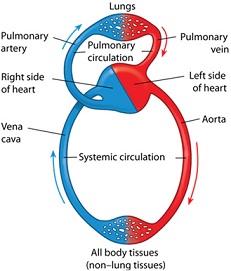Answer the follwoing questions: [5 MARKS]
1.Where is urine formed?
2. Where is urine stored?
3. Which part of the excretory system is responsible for the transport of urine from the kidneys to the bladder?
4. What is the normal composition of urine?
5. What is the major excretory product in humans?
A plant takes in carbon dioxide essential for photosynthesis through the stomata. Stomata expels out the oxygen produced during photosynthesis. They also release water that is absorbed by the roots in the form of water vapour. And this process is called transpiration. The sunlight is absorbed by the chlorophyll that is present in the leaf.
Kidneys are a pair of organs present behind the abdominal cavity in either side of the backbone in humans. It is the major excretory organ in the human body. Its main function is to filter waste and excess fluid from the blood and production of urine.
The platelets form a meshwork and release blood clotting chemicals at the site of injury and prevent further bleeding. If there is a decrease in platelet count in the blood, then the blood will not be able to clot.
Arteries carry blood rich in oxygen, except the pulomonary artery which carries deoxygenated blood. Veins carry blood rich in carbon dioxide, except pulmonary veins which carry oxygenated blood. Hence the statement is incorrect.
